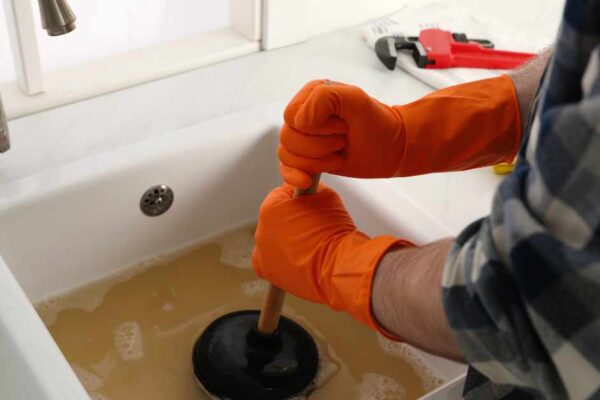Table of Contents
ToggleA Beginner’s Guide: How to Paint on Silicone
Materials You’ll Need
Silicone Surface
Ensure the silicone surface is clean and free from any dust, grease, or contaminants. Clean it thoroughly with rubbing alcohol to promote better adhesion.
Acrylic Paints
Use high-quality acrylic paints that are compatible with silicone surfaces. These paints offer vibrant colors and adhere well to flexible materials.
Paintbrushes
Choose soft-bristled brushes, such as synthetic brushes, to prevent damaging the silicone surface. Small brushes with fine tips are ideal for detailed work.
Palette
Use a palette to mix and dilute the acrylic paints as needed. Silicone-compatible paint additives or mediums can enhance paint flexibility.
Masking Tape
Mask off areas you don’t want to paint to achieve clean and precise lines. Ensure the masking tape is suitable for use on silicone.
Sealant (Optional)
Consider using a silicone sealant or varnish to protect the painted surface and enhance its longevity.
Step-by-Step Guide
Surface Preparation
Clean the silicone surface with rubbing alcohol and let it dry completely before painting. This ensures the paint adheres properly.
Priming (Optional)
Some artists prefer to apply a thin layer of silicone primer to enhance paint adhesion. Allow the primer to dry completely before moving on to painting.
Mixing Colors
Use a palette to mix and dilute acrylic paints. Experiment with color combinations to achieve the desired shades for your project.
Painting
Apply the paint in thin, even layers. Allow each layer to dry before adding the next. Multiple thin layers are preferable to a single thick layer, as they adhere better to the silicone surface.
Detailing
Use fine brushes for detailed work. Take your time and be patient, allowing each layer to dry before adding intricate details.
Masking (If Needed)
If you’re working on a project with different sections, use masking tape to create clean lines between colors. Remove the tape carefully after the paint is dry.
Sealing (Optional):
Consider applying a silicone sealant or varnish to protect the painted surface and enhance its durability. Follow the manufacturer’s instructions for application.
FAQs
Can I use regular paint on silicone surfaces?
No, regular paint may not adhere well to silicone surfaces due to their flexibility. It’s recommended to use high-quality acrylic paints specifically designed for flexible materials like silicone. These paints provide better adhesion and durability.
Do I need to prepare the silicone surface before painting?
Yes, proper surface preparation is crucial for successful painting on silicone. Clean the surface thoroughly with rubbing alcohol to remove any dust, grease, or contaminants. Some artists also opt for a silicone primer to enhance paint adhesion.
How can I protect my painted silicone creation?
Consider using a silicone sealant or varnish to protect your painted surface. This optional step adds a protective layer, enhancing the longevity of the paint. Follow the manufacturer’s instructions for the sealant application to ensure the best results.
Final Thought
Painting on silicone may seem challenging at first, but with the right materials and techniques, you can create stunning, personalized pieces. Whether you’re a hobbyist or a professional artist, experimenting with painting on silicone opens up a world of creative possibilities. Remember to be patient, allow for proper drying time between layers, and enjoy the process of transforming ordinary silicone surfaces into unique works of art.







